| 结构式 | 名称/CAS号 | 全部文献 |
|---|---|---|
 |
环孢霉素A
CAS:59865-13-3 |
|
 |
异氟醚
CAS:26675-46-7 |
|
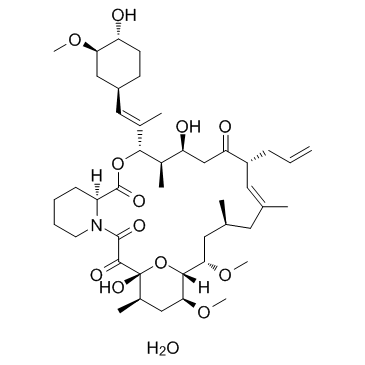 |
他克莫司
CAS:109581-93-3 |
|
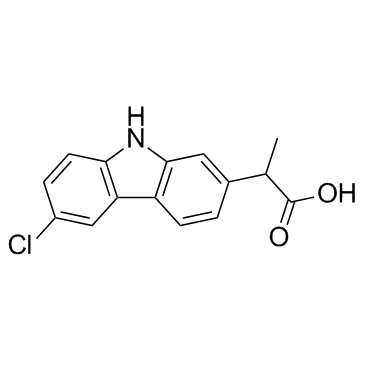 |
卡洛芬
CAS:53716-49-7 |
|
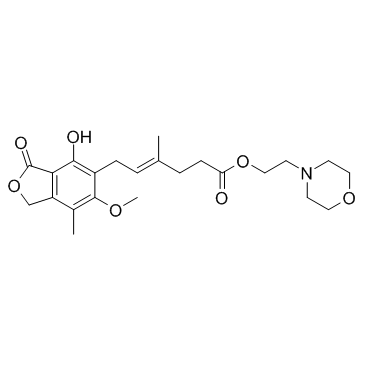 |
吗替麦考酚酯
CAS:128794-94-5 |
|
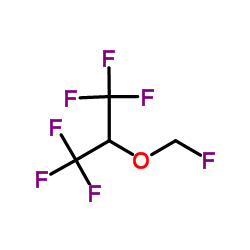 |
氟甲基-1,1,1,3,3,3-六氟异丙基醚
CAS:28523-86-6 |
|
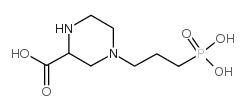 |
4-(3-膦酰基丙基)哌嗪-2-羧酸
CAS:100828-16-8 |
|
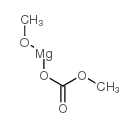 |
碳酸镁
CAS:4861-79-4 |